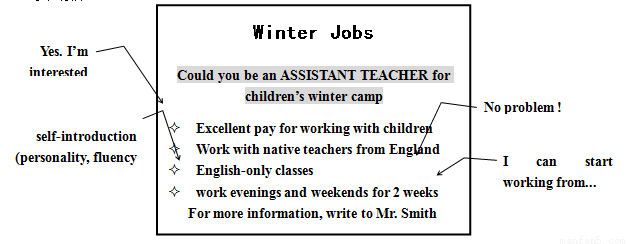题目内容
语法填空,阅读下面材料,在空白处填入合适的内容(1个单词)或括号内单词的正确形式。
1. we all know, life is full of dreams and having a good dream is of great importance in our daily life. 2. a good dream, people can’t make progress and countries can’t develop. And I hold the strong belief 3. everyone, whether he is old or young, poor or rich, junior or senior, does have a good dream! After all, dreaming is certainly a positive part of our life, and 4. (wish) for good things, however, costs nothing!
What’s more, it is important to fly our dreams, especially for those 5. are senior high school students. It is high time for them to fly their dreams. If they can’t let out dreams fly, the dream would just be 6. dream, not reality!
Therefore, 7. is no wonder that so many people have a dream since their childhood. With a nice dream, China succeeded in hosting the 29th Olympic Games in 2008; with a nice dream, Hong Kong 8. (return) to the motherland peacefully in 1997; with a nice dream, Yuan Long Ping rids the world of hunger; with a nice dream, Michael Jordon becomes the most popular basketball star; with a nice dream I can stand on this stage to compete in the final English speech contest. And with an aim of achieving success, I must do the best!
So my good friends, if you want to realize your dream, please do not be afraid in face of difficulties or give up in face of failure 9. lose your dream in face of pains. You must keep going forward 10. (brave)! Just fly your dream highly above the sky!


